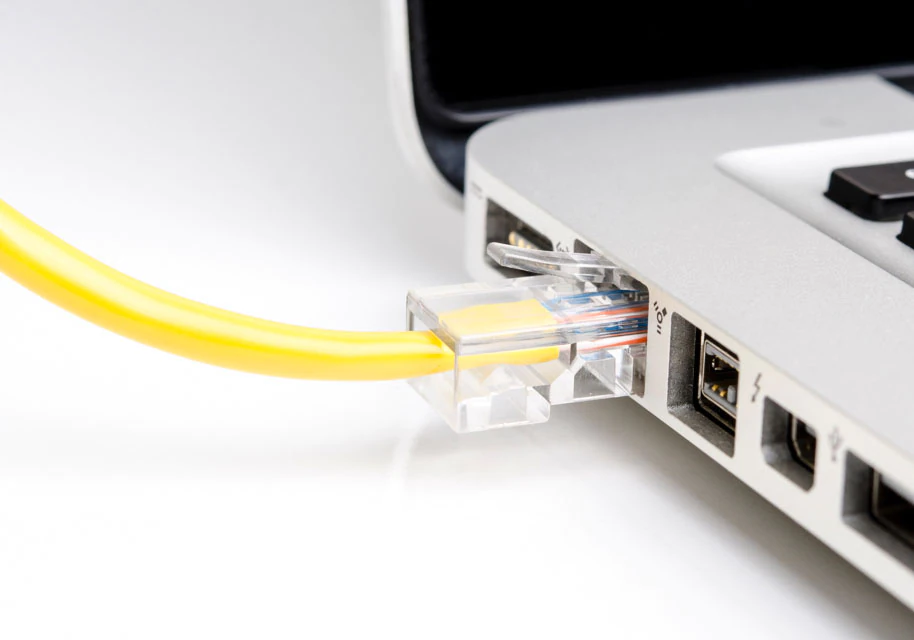Making it easier to work from home
Here are some tips and tricks for how you can stay better connected, as well as work effectively and happily from home.
An unlimited fibre plan is the most reliable way to accommodate multiple users at home because there are no data caps and it won’t slow down at peak times. Use our broadband checker to see if fibre is available at your address. Please note, currently we're only doing essential connections, so it may be a month or so before we get to your order. If you are in a rural area where fibre is yet to be rolled out, solutions that can improve your speed and consistency are available.
READ MORELinking your device and router with an ethernet cable provides a stronger and more consistent connection than WiFi. If it’s not possible to work near your router, there are ethernet cables up to 100 metres long which can be a good solution.
READ MORE
Broadband and WiFi technology are continually improving, so it’s worth replacing your router every five years or so to take advantage. Ask your internet provider if your supplied router can handle speeds required by your connection. If you decide to buy a new router, you will get the best performance from one of the latest ‘WiFi 6’ models.
READ MOREYou can extend your WiFi signal by positioning your router in a central, unobstructed space in your home, at eye level (when standing) and away from any electrical devices. WiFi coverage across your house can also be improved with a mesh system, powerline networking or WiFi booster.
READ MORE
5. Manage multiple users when you need more speed
If you need to download a large file or go on a video call, you can maximise your connection speed by asking others to temporarily stop gaming or streaming TV. If video conferencing is still glitchy, switching to audio-only uses less data and will keep your meeting going.
6. Create a dedicated working space
If possible, having a dedicated space in your home for working will help to reduce interruptions. Trying to mimic your desk set-up at work will make it easier - for example, if you use two screens, ask if you can borrow a monitor from work.
7. Have a daily routine
Try to maintain your daily routine, such as showering, getting dressed and starting work at the normal time. If you and a partner are working at home, and you also have kids, looking after them in alternate shifts will help to minimise disruption.
8. Take a 10-minute break every hour
When you work at home it’s easy to become absorbed and lose track of time. Keep your mind fresh by taking a 10-minute break for every hour you work - whether it’s grabbing a snack, stretching your legs or going out for some fresh air.
9. Keep your conversations going
Daily communication helps to keep us motivated and feel more content. Applications such as Skype, Zoom and Google Hangouts are the next best things to meeting in person, making it easy for you to stay in touch with work colleagues, friends and family.
10. Remember to switch off each day
A problem with working from home is knowing when to stop. Ending your day with exercise or time with the kids will signal it’s time to down tools, and help you maintain a healthier work-life balance.
Network capacity is good
The Chorus network has available capacity to support more broadband use at home, and we will continue to add further capacity to ensure ongoing network performance.
Daytime usage across the country is at around 2 Tbps (terabits per second) and the evening peak is about 3 Tbs. This is still comfortably below the 3.5 Tbps the network can handle.



